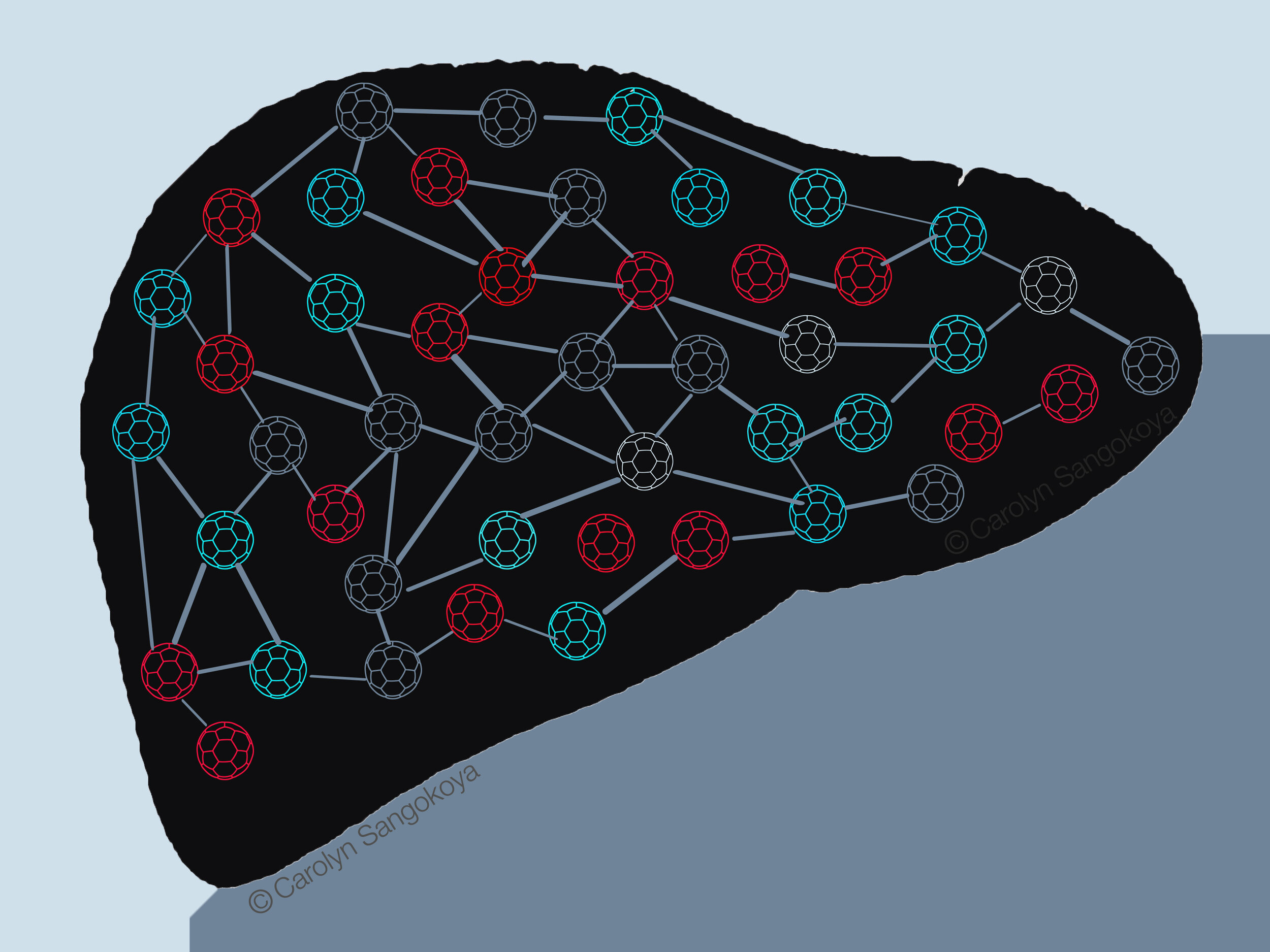HUMAN LIVER PATHOBIOLOGY
currently harnessing Molecular and genomic approaches to illuminate human liver Pathobiology at single molecule resolution
development of methods/tools to study RNA/microRNAs/ other Post-transcriptional regulators in human liver development and disease
In a series of studies during residency and fellowship clinical training at UCSF,
*applied methods for the unbiased capture of small RNAs from formalin-fixed paraffin-embedded (FFPE) liver tissue samples, allowing for the coordination of high-throughput RNA sequencing from clinical liver tissue samples with standard immunohistochemistry and RNA in-situ hybridization.
*designed tissue microarrays (TMAs) from FFPE patient liver tissues ranging from fetal liver to different diseases and etiologies of cirrhosis. These TMAs showed robust expression of control and specific microRNAs by microRNA in situ hybridization and immunohistochemistry.
As a result of these pilot studies, was able to identify differential spatial localization of microRNAs within liver parenchyma and will build on these for the current studies described above.
1. Sangokoya C et al. Expression of the Iron-Regulating MicroRNA miR-485-3p in Hepatic cirrhosis. Laboratory investigation; a journal of technical methods and pathology. 2014 February; 94:427.
2. Sangokoya C et al. MicroRNA In Situ Hybridization Analysis of MIR-485-3p and MiR-122 Expression in Human Liver Development and Disease. Laboratory investigation; a journal of technical methods and pathology. 2015 February; 95:423A.

test name






